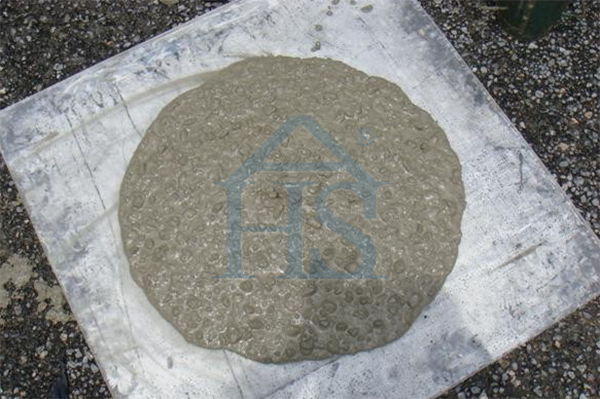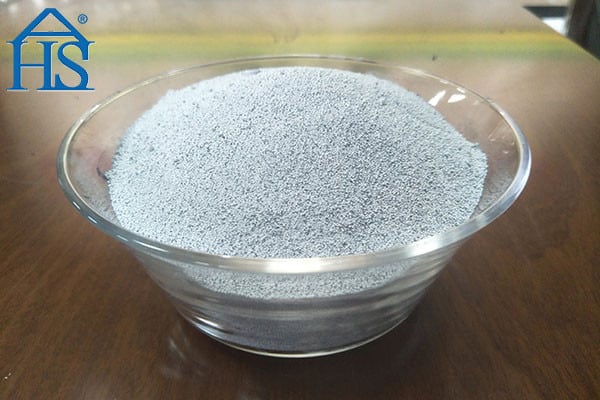Self-consolidating concrete is a versatile material that has been gaining popularity in construction due to its ability to eliminate the need for vibration during placement. Jedoch, to fully optimize its performance, it is crucial to incorporate supplementary cementitious materials like silica fume. Silica fume is a by-product of the silicon and ferrosilicon industries and is known for its ability to improve the mechanical and durability properties of concrete. In diesem Blog, we will explore the benefits of using Silica-Rauch in self-consolidating concrete and how it can lead to cost-effective and sustainable construction practices.
Understanding Self-Consolidating Concrete
Self-consolidating concrete, wie der Name schon sagt, is a type of concrete that can flow and consolidate under its weight, without the need for external vibration. This makes it ideal for congested reinforcement, complicated formwork, and other applications that require easy placement. Some key properties of Self-consolidating concrete include high deformability, segregation resistance, und Stabilität. Self-consolidating concrete is commonly used in applications such as precast concrete, architectural concrete, and complex structural elements.
Benefits of Using Silica Fume in Self-consolidating concrete
Benefits of using silica fume in self-consolidating concrete:
- Improved strength and durability properties
- Increases compressive strength of self-consolidating concrete by up to 40%
- Reduces permeability and chloride ion penetration of concrete, leading to increased durability and longer lifespan of structures
- Enhances workability and pumpability of self-consolidating concrete, wodurch es einfacher zu platzieren und zu beenden ist
- Can lead to cost savings and sustainability by reducing the amount of cement needed and minimizing greenhouse gas emissions
- Improved abrasion resistance, making it useful for applications such as industrial flooring or pavement
- Helps reduce the risk of thermal cracking, which can be a significant issue in large pours or hot weather conditions
- Reduces the amount of cement needed in the mix
- Silica fume is highly reactive and improves pozzolanic activity of the mix, meaning less cement is needed to achieve desired strength and durability
- Can lead to cost savings and environmental benefits by reducing cement usage, which is a significant contributor to greenhouse gas emissions
Factors to Consider When Using Silica Fume in Self-consolidating concrete
When using silica fume in self-consolidating concrete, it is important to consider factors such as the optimal dosage of silica fume, its effect on setting time and early-age strength, and its compatibility with other admixtures. The optimal dosage of silica fume varies depending on the specific application, and it is important to conduct laboratory testing to determine the correct dosage. Silica fume can also affect the setting time and early-age strength of concrete, so it is important to monitor these properties during construction. Endlich, it is important to ensure that silica fume is compatible with other admixtures that may be used in the concrete mix.
Another consideration when using silica fume in self-consolidating concrete is the potential for reduced bleeding and segregation. Bleeding and segregation occur when the heavier components of concrete settle, causing a separation of materials that can weaken the concrete. Silica fume can help reduce bleeding and segregation, leading to a more homogeneous and consistent mixture.
Abschluss
Incorporating silica fume in self-consolidating concrete can lead to numerous benefits in construction. From improved mechanical and durability properties to cost-effectiveness and sustainability, silica fume is a versatile supplementary cementitious materials that can help optimize the performance of Self-consolidating concrete. By understanding the benefits and factors to consider when using silica fume, construction professionals can make informed decisions and contribute to more efficient and sustainable building practices. The use of silica fume in Self-consolidating concrete is a promising trend that can revolutionize the concrete industry and lead to more durable and cost-effective concrete structures in the future.





